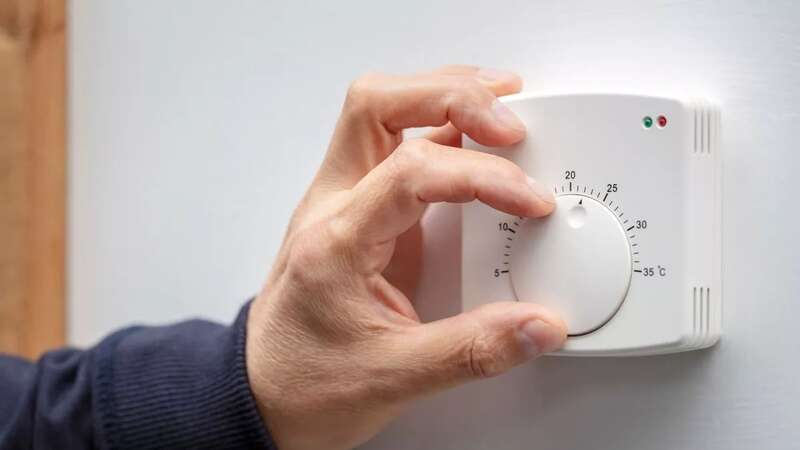

As the chilly and wet weather takes hold, you might have spotted condensation forming on your windows, especially in the mornings.
Water droplets appear when the warm air inside your home meets the cold window surface, causing a layer of condensation to form as it cools down rapidly. If left untreated, the sitting water can lead to the growth of black mould and mildew around your window seal, which is not only unsightly but can also harm your health.
The NHS cautions that inhaling or touching mould spores can trigger allergic reactions, such as sneezing, red eyes, a runny nose, and skin rash. More serious health problems like asthma attacks and bronchitis can also occur, so it's crucial to keep the issue under control.
Experts point out that under-heating is the main cause of mould growth in homes. However, maintaining a warm temperature in your house and ensuring proper ventilation can help reduce the amount of moisture in the air.
You can manage the issue of condensation by maintaining a specific temperature in your home at certain times. The World Health Organisation (WHO) suggests that your living room should be 21C and bedrooms 18C.
 Key signs of 'traumatic damp' you should never ignore, according to expert
Key signs of 'traumatic damp' you should never ignore, according to expert
These temperatures can be reduced at night or when you're not home, but WHO recommends warming rooms to these temperatures for part of the day to prevent dampness. If you don't want to heat your whole house, you can switch off radiators in some rooms and keep the doors of unheated rooms shut.
If condensation forms on windows, make sure to wipe them down to stop mould from forming and spreading. If you spot any black mould, clean it with a mild bleach solution or anti-fungal spray.
Electric dehumidifiers can help prevent condensation, or you can buy a cheaper disposable plastic version that sits on your windowsill. These are available from Poundland for just £1.20 and can absorb up to 500ml of water.
Another cheap solution is to place a bowl of salt on your windowsill to absorb the moisture.
* An AI tool was used to add an extra layer to the editing process for this story. You can report any errors to webhomepage@mirror.co.uk